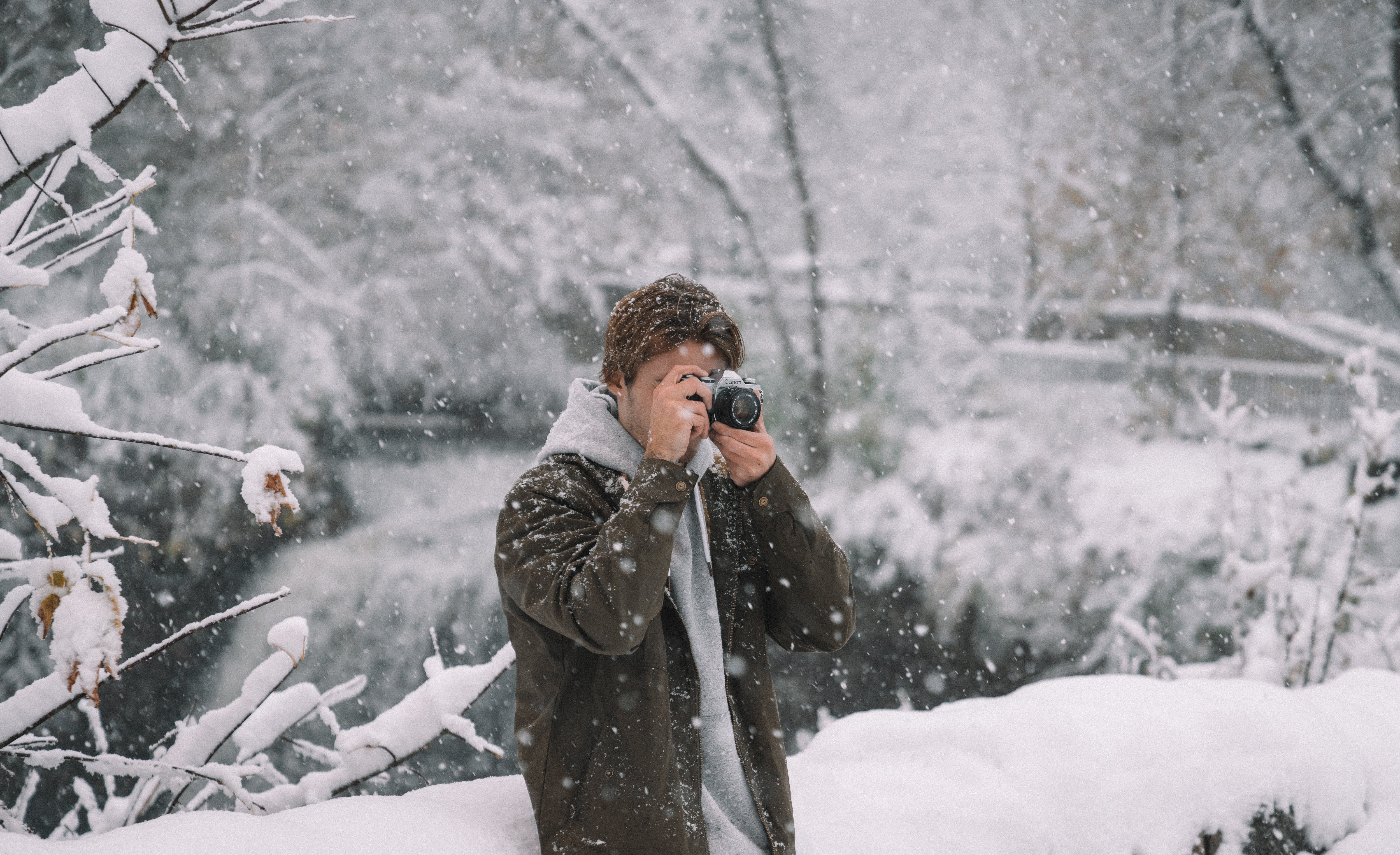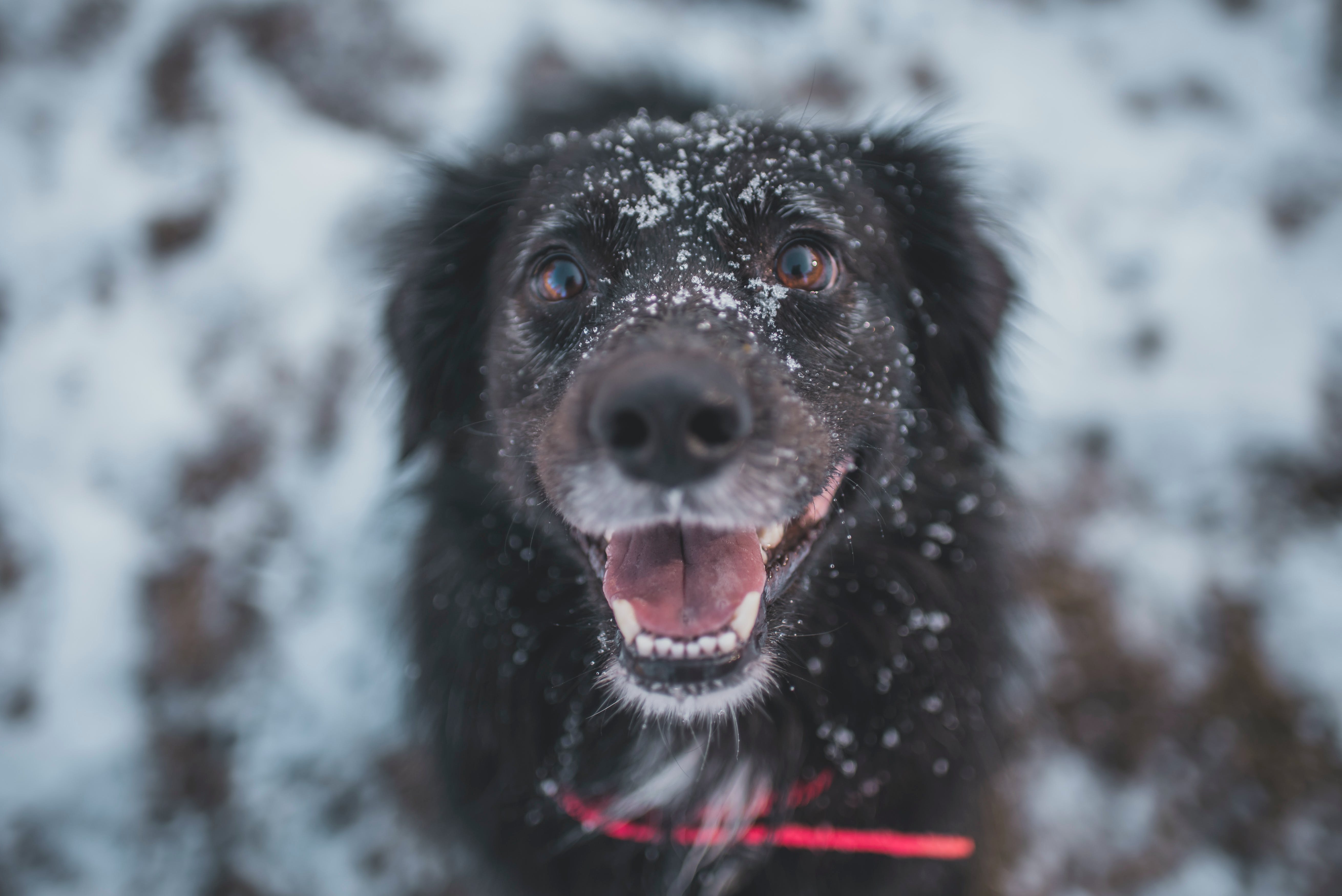Table of Contents
- Introduction to Winter Photography
- The Unique Beauty of Winter Photography
- Essential Tips and Tricks for Mastering Winter Photography
- The Challenge of Capturing Snow's Silent Beauty
- Must-Have Tools for Winter Photography
- How to Enhance Your Winter Photography with Portfoliobox
- Creating a Stunning Portfolio with Portfoliobox: A Step-by-Step Guide
- Showcasing Winter Photos on Portfoliobox
- Tips for Protecting Your Gear in Winter
- Conclusion: The Joy of Winter Photography
- FAQ
Introduction to Winter Photography
Winter photography is a realm of its own, offering a unique perspective on the world as it is swathed in a blanket of white. The season's natural light, combined with the stark contrast of snow-covered landscapes, creates an ethereal beauty that can leave a deep impression on the viewer. However, capturing the essence of winter is not without its challenges. The cold temperatures, the reflective nature of snow, and the often-grey skies can make winter photography a daunting task even for experienced photographers.
Despite these challenges, those who venture out into the cold armed with their camera are rewarded with some of the most stunning and dramatic images. The white snow acts as a natural reflector, bouncing light onto subjects and creating a soft, beautiful lighting effect. In addition, the winter landscape, stripped of its usual colors, provides a minimalist background that allows the photographer to focus on composition and form.
Mastering winter photography, like any other genre, requires understanding its unique elements and adapting one's technique accordingly. This article delves into the art of winter photography, offering essential tips and tricks, discussing the key challenges, and suggesting the must-have tools for this beautiful but demanding genre. It also provides guidance on using Portfoliobox to enhance your winter photography and create a stunning portfolio.

The Unique Beauty of Winter Photography
There is something special about winter photography; the frozen landscapes, the serene silence, the crisp air – all of these elements come together to make winter one of the most beautiful seasons to capture. Snow acts as a natural canvas, transforming even the most mundane scenes into works of art. It can simplify a scene, allowing photographers to play with negative space and contrast, and it can illuminate a scene, reflecting light in a way that no other season can.
Another aspect of winter photography that sets it apart is the mood it evokes. The quiet solitude of a snow-covered forest, the raw power of a winter storm, or the peaceful calm of a town blanketed in snow can elicit a range of emotions in the viewer. This emotional connection is one of the reasons why winter photography is so captivating and rewarding.
However, to bring out the true beauty of winter in your photographs, you need to master a few essential techniques and understand how to overcome the challenges that come with this season.
Essential Tips and Tricks for Mastering Winter Photography
The first tip to keep in mind when it comes to winter photography is to ensure you're dressed appropriately. You need to keep warm and dry while you're out in the field. Your comfort directly affects your ability to focus and take great shots.
Dealing with the snow's high reflectiveness is another challenge in winter photography. Snow can cause overexposure in your images. You can overcome this by underexposing your shots slightly, which will help retain detail in the snow. Alternatively, you can use a neutral density filter to reduce the amount of light entering the lens.
Another essential tip for winter photography is to pay attention to your composition. With the landscape covered in white, it can be difficult to find a focal point for your images. Look for contrasts, patterns, or colors that stand out against the snow. These can provide a strong visual interest and help draw the viewer's eye into the image.
The Challenge of Capturing Snow's Silent Beauty
The allure of winter photography lies in capturing the silent beauty of snow-covered landscapes. However, this is easier said than done. The uniform whiteness of snow can make it difficult to capture detail and texture. In addition, the snow's reflective properties can lead to overexposed images, where the snow appears bright white with no discernible features.
To overcome these challenges, you need to understand how your camera's metering system works. Most cameras are designed to expose for a middle grey tone. However, because snow is much brighter than this, your camera may underexpose the scene, making the snow appear grey. To correct this, you can use exposure compensation to add brightness to your images.
Another technique to capture the silent beauty of snow is to use a polarizing filter. This can help reduce glare and reflections from the snow, allowing you to capture more detail.

Must-Have Tools for Winter Photography
Having the right tools can significantly improve your winter photography. Here are some must-have tools for capturing the beauty of winter:
-
A good quality DSLR or mirrorless camera: These cameras offer the best image quality and give you full control over your settings, which is crucial for winter photography.
-
A wide-angle lens: This is useful for capturing expansive winter landscapes.
-
A telephoto lens: This is ideal for isolating details in the landscape or for capturing wildlife.
-
A sturdy tripod: This is essential for ensuring sharp images, particularly in low light conditions.
-
A remote shutter release: This allows you to take photos without touching the camera, reducing the risk of camera shake.
-
Extra batteries: Cold temperatures can drain your camera's battery quickly, so it's always a good idea to have spares.
-
A polarizing filter: This can help reduce glare and reflections from the snow, enhancing the overall image quality.
How to Enhance Your Winter Photography with Portfoliobox
Portfoliobox is a powerful tool for photographers looking to showcase their work. It allows you to create a professional online portfolio that can be customized to suit your personal style.
To enhance your winter photography, you can create a dedicated gallery for your winter photos on Portfoliobox. This allows viewers to see all your winter photos in one place, creating a more immersive experience.
You can also use Portfoliobox's blog feature to share stories behind your photos. Sharing the challenges you faced and the techniques you used can add depth to your images and engage your audience on a deeper level.
Creating a Stunning Portfolio with Portfoliobox: A Step-by-Step Guide
Creating a portfolio with Portfoliobox is a straightforward process. Here is a step-by-step guide to help you get started:
-
Sign up for a Portfoliobox account: You can choose from their free or paid plans, depending on your needs.
-
Choose a template: Portfoliobox offers a variety of professionally designed templates. Choose one that suits your style and the kind of photography you do.
-
Upload your photos: Once you've chosen a template, start uploading your winter photos. Make sure your images are high-quality and showcase your best work.
-
Organize your photos: Create different galleries for different types of photos. For example, you could have a gallery for landscape photos, another for wildlife photos, and so on.
-
Add descriptions to your photos: Descriptions can provide context to your photos and engage your viewers. Share the story behind each photo, the location, the gear you used, and any interesting facts about the scene.
-
Publish your portfolio: Once you're happy with your portfolio, publish it and share it with the world.
Showcasing Winter Photos on Portfoliobox
Showcasing your winter photos on Portfoliobox can enhance their beauty and attract more viewers. Here are some tips to keep in mind:
-
Use high-quality images: Ensure your photos are high-resolution and well-edited. This will ensure they look their best on all devices.
-
Create a dedicated gallery for your winter photos: This will make it easier for viewers to find your winter photos and will create a more cohesive look for your portfolio.
-
Use descriptive titles and captions: These can provide context to your photos and engage your viewers on a deeper level.
-
Use the blog feature to share stories behind your photos: This can add depth to your images and engage your audience on a deeper level.
-
Promote your portfolio on social media: Share your portfolio on your social media channels to attract more viewers and potential clients.
Tips for Protecting Your Gear in Winter
Protecting your gear in winter is crucial. Cold temperatures can damage your camera and other equipment, so it's important to take precautions.
First, keep your gear in a well-insulated bag when you're not using it. This will protect it from the cold and from any snow or moisture.
Second, bring extra batteries and keep them warm. Cold temperatures can drain battery life quickly, so having extras and keeping them warm can ensure you don't run out of power in the middle of a shoot.
Third, avoid sudden temperature changes. Moving your camera from a warm environment to a cold one can cause condensation to form on your camera and lens, which can damage them. To avoid this, let your gear gradually acclimate to the cold before using it.

Conclusion: The Joy of Winter Photography
Mastering winter photography may require some effort and preparation, but the results are well worth it. The beauty of winter offers endless opportunities for stunning photos. With the right skills, techniques, and tools, you can capture the season's silent beauty and share it with the world.
Through Portfoliobox, you can take your winter photography to the next level, creating a stunning portfolio that showcases your work in the best light. So, don't let the cold deter you – embrace the unique challenges of winter photography and discover the joy of capturing the magical beauty of this season.
FAQ
1. What is the best time to take winter photos? The best time to take winter photos is during the golden hour, which is the hour after sunrise and the hour before sunset. This is when the light is soft and warm, creating beautiful colors and long shadows.
2. How do I protect my camera from the cold? To protect your camera from the cold, keep it in a well-insulated bag when not in use, bring extra batteries and keep them warm, and avoid sudden temperature changes to prevent condensation.
3. How can I showcase my winter photos? You can showcase your winter photos by creating a professional online portfolio with Portfoliobox. This allows you to display your work in a beautiful and organized way.
4. What equipment do I need for winter photography? Some must-have tools for winter photography include a good quality DSLR or mirrorless camera, a wide-angle lens, a telephoto lens, a sturdy tripod, a remote shutter release, extra batteries, and a polarizing filter.
5. How do I capture the beauty of snow in my photos? To capture the beauty of snow in your photos, pay attention to your exposure settings to avoid overexposing the snow, use a polarizing filter to reduce glare and reflections, and look for contrasts or colors in the landscape to serve as focal points.












